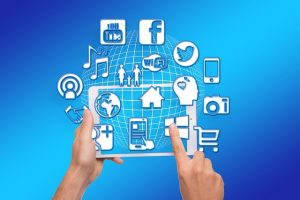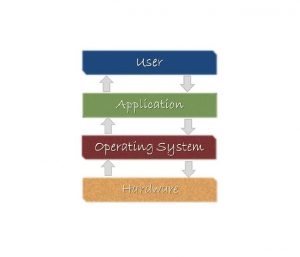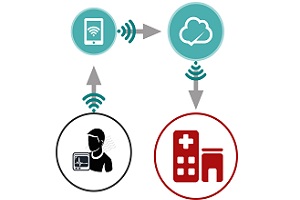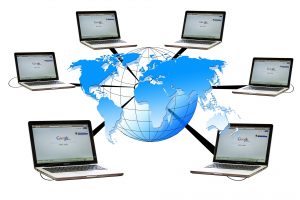In 1965 Gordon Moore, Co-Founder of Intel, made a prediction, he thought at the time would last 10 years. In reality his prediction has continue to ring true for last 50 years and is still going. Moore’s Law predicts the number of transistors that can fit on a silicon chip will double every two years as technology advances.1
At the time Moore made his prediction, color television was just emerging in the United States and you had to actually walk to the TV to turn the channel. Most homes had telephone service with a party line that was shared by multiple service subscribers. Personal computers would not become common for another 15-20 years. Continue Reading





 (4 votes, average: 4.75 out of 5)
(4 votes, average: 4.75 out of 5)
